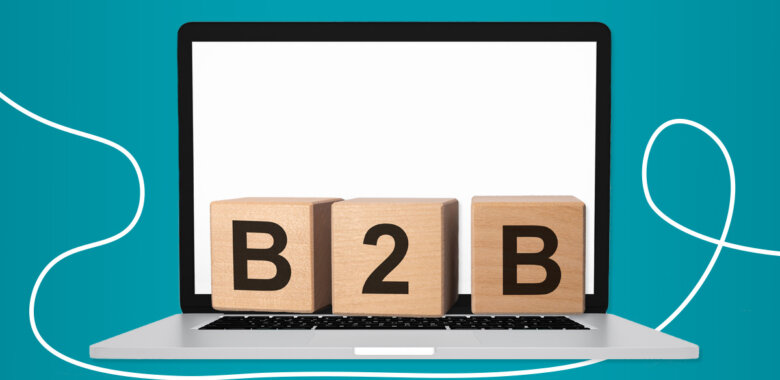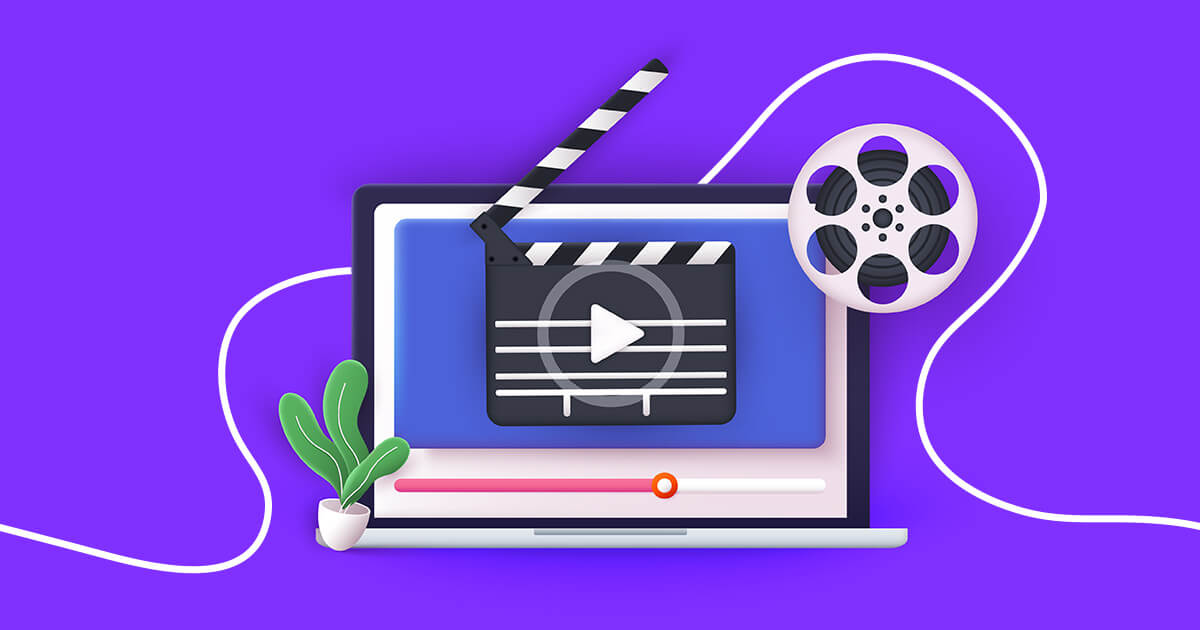B2B email newsletter best practices to try in your next campaign
B2B newsletters need to be handled differently than emails to consumers in a B2C segment.
Most B2C campaigns target individual consumers, but in the case of B2B email newsletters, you are going after multiple individuals, occupying different roles within target companies. When an individual gets a B2C email, they are usually “responsible” for all stages of their customer journey. Within a company though, people of different roles are responsible for different stages of the journey and decision making, and these people would look at a purchase each from their own angle.
That’s why B2B newsletters need to address the concerns and questions of all categories of people involved, and a great way to do it is to use different types of emails. In the following paragraphs, we will look at email newsletter best practices, examples, and ideas packed with actionable insights to enhance your B2B email campaigns.
Don’t be pushy in selling
Potential buyers might be having a multitude of questions like:
- Is this product going to solve my issues?
- Is this the best fit?
- What will it cost to switch to it from my current solution (or from scratch), onboard employees, and keep it working?
- What about the security concerns?
Yes, many of these would be usually addressed by having a direct talk with your sales people, but they’d want information before they get to sales. The B2B audience is not going to be tempted by marketing language and great deals. The main goal of the newsletter here is to earn their trust and get your brand known for what you offer. Focus on educational content and valuable resources, and provide the information people in your target company need to make decisions.
The example below is an email sent by Calendly (a platform for teams to schedule, prepare and follow up on meetings) to its users on a free plan. They list a number of convenient options the upgrade can bring, and close the email by bringing in impressive statistics about the tool’s users.





















